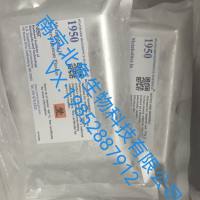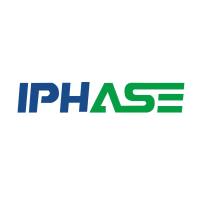Yeast Transformation and the Preparation of Frozen Spheroplasts for Electroporation
互联网
550
Transformation methods for the baker’s yeast Saccharomyces cerevisiae have allowed for rapid advances in molecular genetic studies with this model microorganism, for the development of alternative expression systems to prepare recombinant proteins, and for the development of novel cloning strategies to identify and characterize heterologous genes. Developments in yeast transformation began with experiments that involved the enzymatic digestion and removal of cell-wall material to produce spheroplasts that were competent for taking up DNA (1 ). This method, although more difficult to master than other methods for routine work, was efficient and allowed for the screening of yeast genomic libraries. As the number of yeast researchers increased, so did the variety of transformation methods, and in the early 1980s a lithium salt-mediated transformation method was developed as an alternative to spheroplast methods (2 ). Lithium acetate-mediated transformation is widely used in the yeast community for strain manipulation and for gene-cloning experiments.







